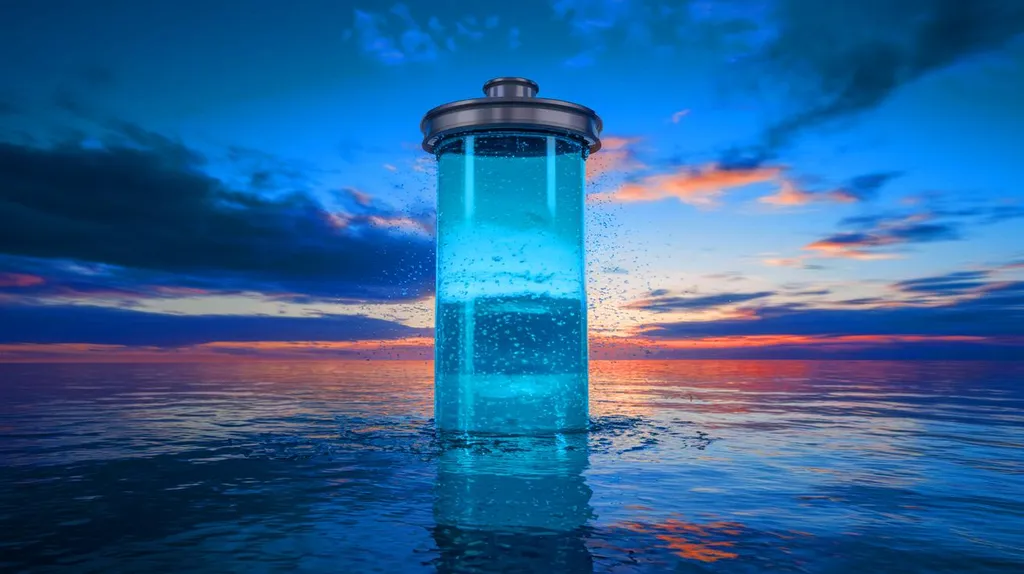In the vast, cold depths of the ocean, a new energy storage technology is making waves, quite literally. Researchers have developed a seawater metal–air battery system with a preheater (SMAB-P) that could revolutionize marine energy storage, from underwater communication to island power supply. The innovation, led by Haihong Dong from the State Key Laboratory of High Density Electromagnetic Power and Systems at the Chinese Academy of Sciences, addresses a significant challenge: the chilling effect of deep-sea temperatures on battery performance.
The SMAB-P system is a clever design that establishes stable natural circulation, using the high-temperature seawater within the system to preheat incoming low-temperature seawater. This process effectively enhances battery performance, a critical factor for reliable energy storage in harsh underwater environments. “When achieving a heat recovery rate of 100%, the average temperature of seawater in the electrode plate area of the SMAB-P system can be increased by 54%,” Dong explains. This temperature boost increases the electrical conductivity of seawater within the system by approximately 20%, reducing ohmic losses and enhancing the load voltage of the battery.
The implications for the energy sector are substantial. Seawater batteries are already touted for their potential in marine exploration, underwater communication, and island power supply. The SMAB-P system’s ability to maintain performance in low-temperature environments could make these applications more viable and efficient. “Increasing either the height or width of the electrode plate can enhance self-driven force and circulation flow rate, as well as both average and maximum temperatures of seawater in the electrode plate area to some extent,” Dong adds. This flexibility in design could allow for tailored solutions to different underwater energy storage needs.
The research, published in the journal Energies, also highlights the importance of optimizing the preheater’s annular space. Reducing this space can significantly increase the seawater temperature within the system, but excessive reduction may hinder the effective replacement of fresh seawater. This balance is crucial for maintaining the system’s efficiency and longevity.
The SMAB-P system’s ability to maintain stable and efficient performance in low-temperature environments could open up new possibilities for underwater energy storage. As the world looks to harness more renewable energy sources, innovations like the SMAB-P system could play a pivotal role in powering the future of marine and island energy infrastructure. The research not only advances our understanding of seawater battery systems but also paves the way for more reliable and efficient energy storage solutions in challenging environments.

